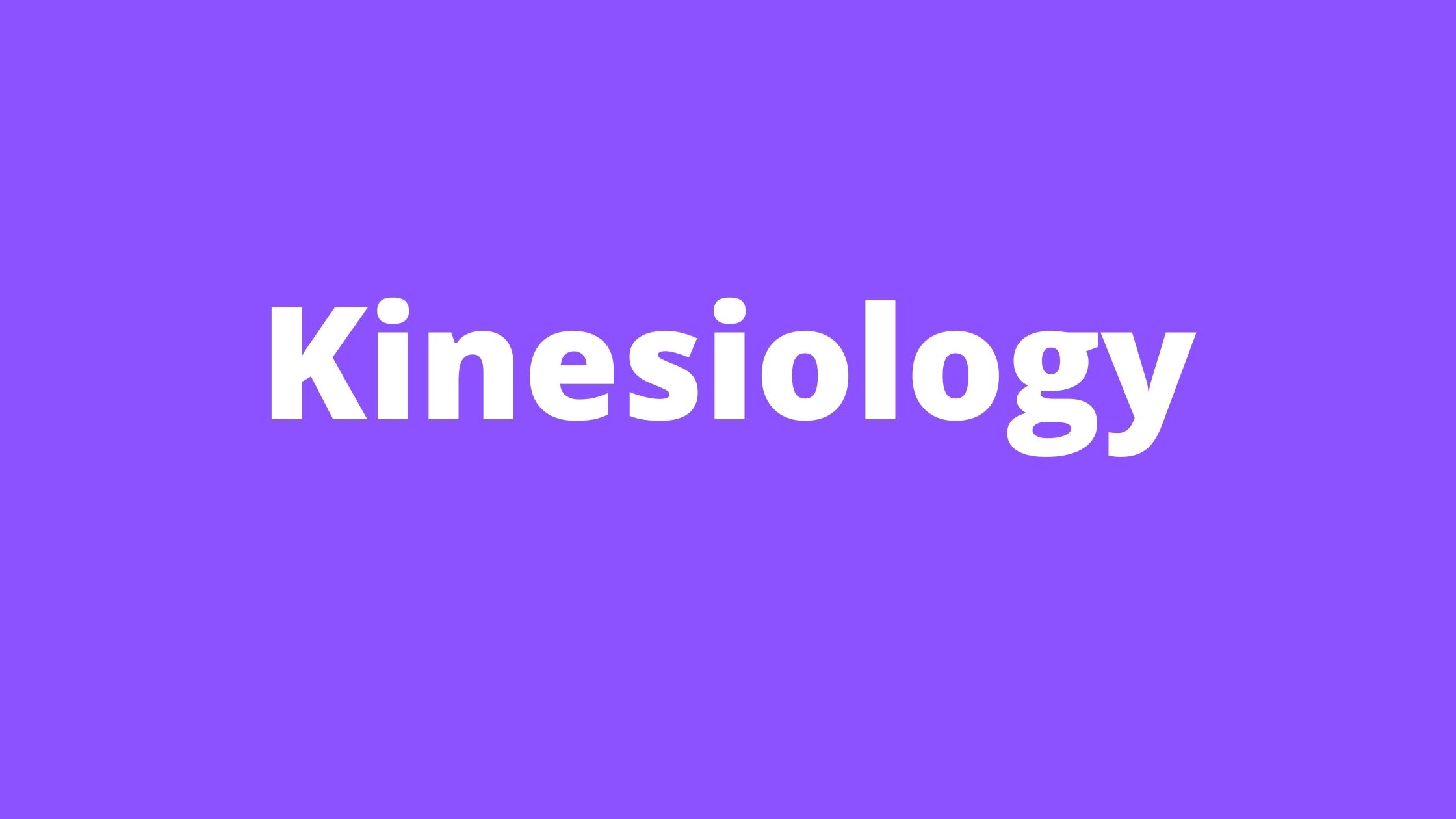Kinesiology is the study of how muscles work and how they create movement – what actions they make to make the body move in the way it does. Massage therapists will get basic training in kinesiology and will need to know the locations, origins and insertions and actions of the muscles. You will also need to know about how all of the muscles of the body work together to create movement. The American Kinesiology Association defines kinesiology as “the academic discipline which involves the study of physical activity and its impact on health, society, and quality of life” (www.AmericanKinesiology.org)
As a massage therapist, having an understanding of how the muscles work and work together to create movement will help you in dealing with clients who are in pain, under stress and those who have injuries and conditions that require massage for healing. If you are working with injuries and doing some type of orthopedic massage techniques, having a strong basic and advanced knowledge of how the muscles work will help you in achieving better results. It will also help you to be able to explain to clients how their muscles work so they can learn to take better care of themselves and avoid injuries or problems. Sports massage therapists will find kinesiology to be the heart of their work and massage business. Athletes of all calibres – from the weekend athlete to the Olympic athlete will be taking their bodies and kinesiology to the extreme.
Included in this area of training are:
- Anatomy – structure of muscles – cells, fibers, collagen, myofascial matrix structure, bones, joints
- Biomechanics applies principles of mechanics to human movement. Biomechanics has to do with how the body works together. The body is linked together and is activated upon by outside and inside forces.
- Palpation and assessment – learning to feel where the muscles start and end.
The following factors are involved in movement:
The bones are the levers in the system and also where the muscles attach and end allowing movement to be created.
The joints – where bones meet – are the fulcrums of the system
The connective tissue – the muscle, fascia (covering of muscles) tendons, ligaments and cartilage
Muscular contractive tissue
Nerves
The human body is influence by gravity and how it pulls on the body as well as internal forces such as the nervous system. Having knowldege about how the body works through the study of kinesiology will help in the prevention and healing of injuries and maintaining wellness.
The study of kinesiology (the movement of the body) is not to be confused with something called Applied Kinesiology which has nothing to do with how the body moves. Applied kinesiology is a controversial diagnostic tool used by some alternative health care providers.
Master Muscle List
Muscular System
How muscles work
Anatomy and Physiology of Skeletal Muscles
